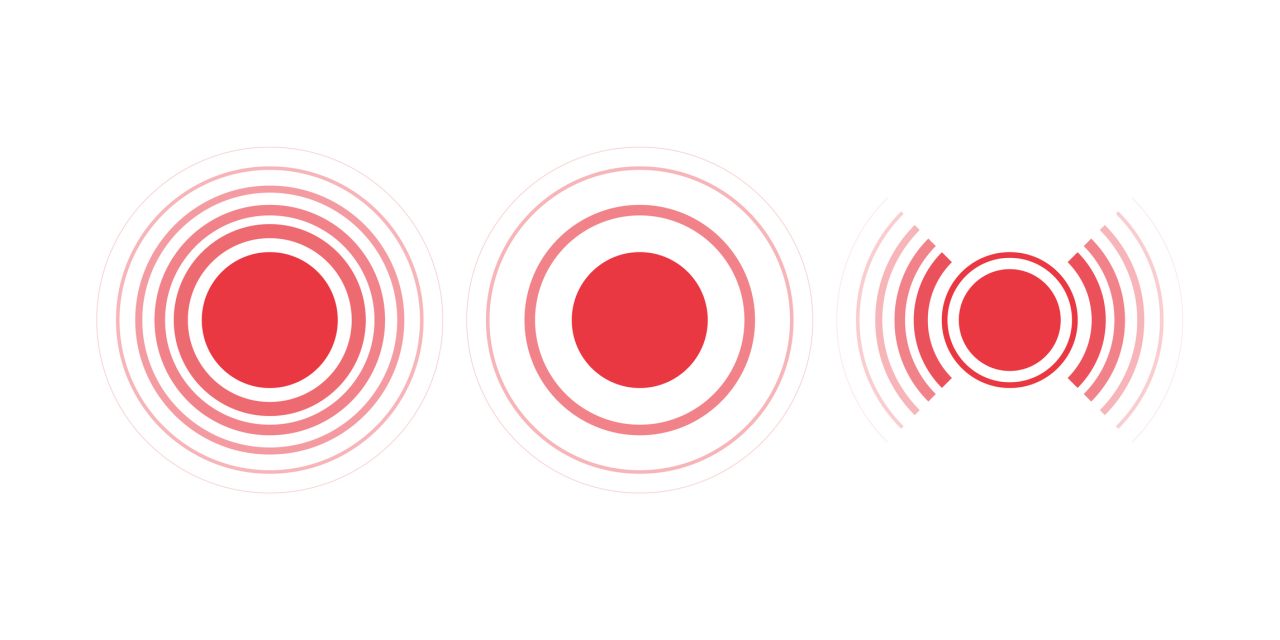To evaluate the cost-effectiveness of treating young children with chronic hepatitis C virus (HCV) with new direct acting antivirals (DAAs).
A state-transition model of chronic HCV was developed to conduct a cost-effectiveness analysis comparing treatment at age 6 years versus delaying treatment until age 18 years. Model inputs were derived from recently conducted systematic reviews, published literature and government statistics. Medical care costs were obtained from linked population level laboratory and administrative data (Ontario, Canada). Outcomes are expressed in expected quality adjusted life-years (QALYs) and costs (CAD$). Analysis included a base-case to estimate the expected value and one-way and probabilistic sensitivity analyses to evaluate the impact of uncertainty of the model inputs.
After 20 years, treating 10,000 children early would prevent 330 cases of cirrhosis, 18 cases of hepatocellular carcinoma and 48 liver-related deaths. The incremental cost-effectiveness ratio of early treatment compared to delayed treatment was approximately $12,690/QALY gained and considered cost-effective. Model results were robust to variation in fibrosis progression rates, disease state-based costs, treatment costs and utilities.
Delaying treatment until age 18 years results in an increased lifetime risk of late stage liver complications. Early treatment in children is cost effective. Our work supports clinical and health policies that broaden HCV treatment access to young children.
Copyright © 2020 Elsevier Inc. All rights reserved.
Treatment of Chronic Hepatitis C in Young Children Reduces Adverse Outcomes and Is Cost-Effective Compared to Deferring Treatment to Adulthood.


